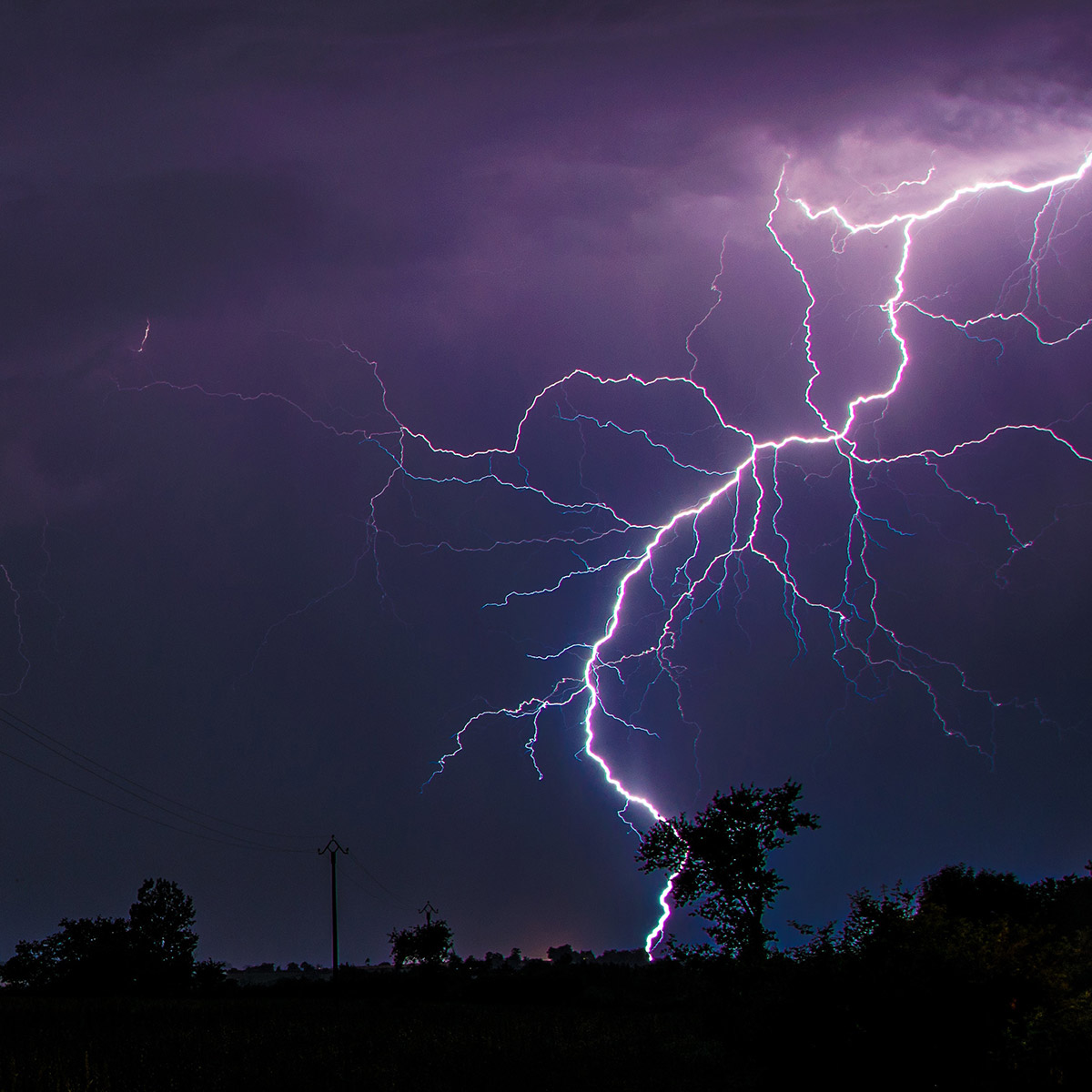
Best available refuge: Protecting yourself when a tornado or hurricane hits
[fa icon="calendar'] Sep 16, 2021 11:30:00 AM / by Greg Hoyt, PE
Tornados and hurricanes are dangerous, extreme wind events. Both types of storms are likely to happen in specific geographies—tornados in the central plains of the U.S. and hurricanes along the Atlantic seaboard and Gulf Coast. Yet these storms can and do happen in other areas.
Read More [fa icon="long-arrow-right"]When do you need a facility condition assessment?
[fa icon="calendar'] Jun 28, 2021 9:30:00 AM / by Robert Pfeifer, AIA
A facility condition assessment is a comprehensive evaluation of a property and its infrastructure to determine the current performance and understand how much longer it can continue to perform as designed. This information is critical for making decisions about needed repairs, maintenance, or improvements and the associated costs. This is similar to a property condition assessment for commercial real estate.
Read More [fa icon="long-arrow-right"]
Construction Defect Litigation: The Critical Role of the Expert Forensic Witness
[fa icon="calendar'] Apr 12, 2021 9:45:00 AM / by Mark McGivern, CSI, Aff. M. ASCE
Expert witnesses are a critical part of construction defect cases, whether the outcome of a case is determined through a trial or arbitration. Attorneys rely heavily on expert witnesses to support them in understanding the facts of the case, the cause of the defect, and what is required to repair the defect.
Read More [fa icon="long-arrow-right"]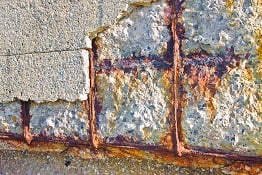
Waterproofing technology to protect against concrete corrosion
[fa icon="calendar'] Nov 12, 2019 9:00:00 AM / by Kenneth R Quigley, PE
Concrete has been in existence for over 2,000 years and it is not only the most used manufactured material in the world, but also is one of the oldest. Concrete is critical to our societies infrastructure as it is found in our schools, hospitals, city buildings, apartments, and more.
Read More [fa icon="long-arrow-right"]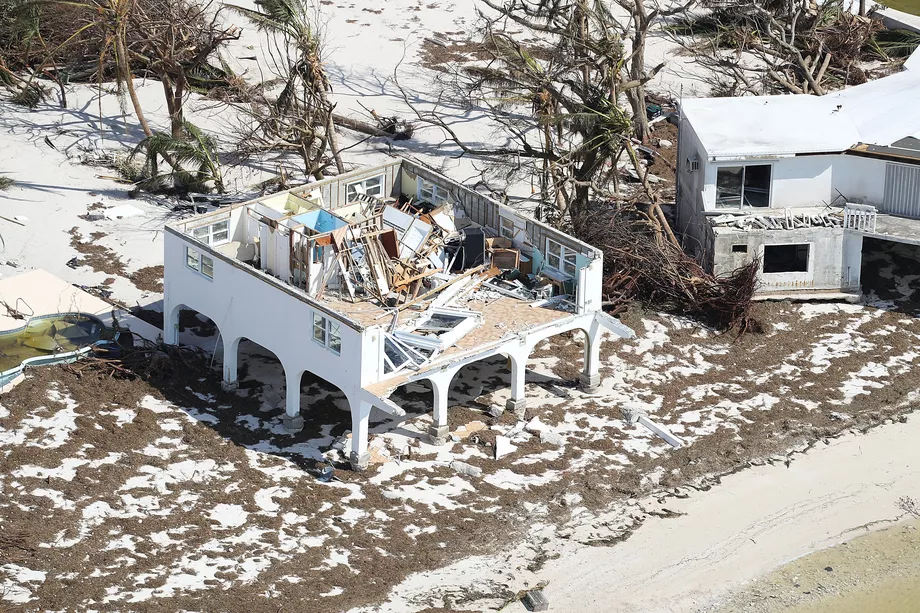
Hurricane resistant homes: why they aren't being constructed more frequently.
[fa icon="calendar'] Aug 16, 2018 11:00:00 AM / by Mark McGivern, CSI, Aff. M. ASCE
Last year was the United States’ most costly on record for weather-related disasters. According to the National Oceanic and Atmospheric Administration (NOAA) weather-related damages in 2017 totaled a staggering $306 billion.
Read More [fa icon="long-arrow-right"]
Moisture Damage to Electronics
[fa icon="calendar'] Jul 24, 2018 10:00:00 AM / by Philip B. Terry, Sr. Vice President
Moisture gets into electronics even in the best of systems – it is inevitable. To name a few, electronic equipment whether personal electronic equipment, or specialized equipment isolated in server rooms, in moisture resistant enclosures, in aircraft avionics bays, and even in sophisticated autonomous underwater vehicles (AUV). Such AUVs meticulously designed to stay dry a thousand feet underwater are susceptible to moisture related damage. Moisture finds a way into your electronics and can wreak nuisance or havoc – sometimes intermittent, sometimes catastrophic.
Read More [fa icon="long-arrow-right"]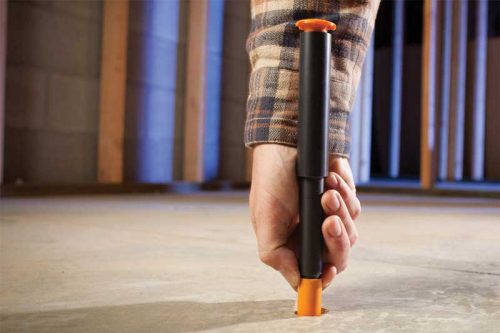
Changes to Concrete Standards: How they clarify your choice of test methods
[fa icon="calendar'] Jun 14, 2018 10:00:00 AM / by Kenneth R Quigley, PE
General Contractors and the entire construction team including project managers and owners used to have to wait at least 72 hours when conducting the Relative Humidity test to take a reading which would detect excess moisture in a concrete foundation. Today, based on updated standards the Relative Humidity test only requires a 24 hour wait, which can greatly improve project timelines.
Read More [fa icon="long-arrow-right"]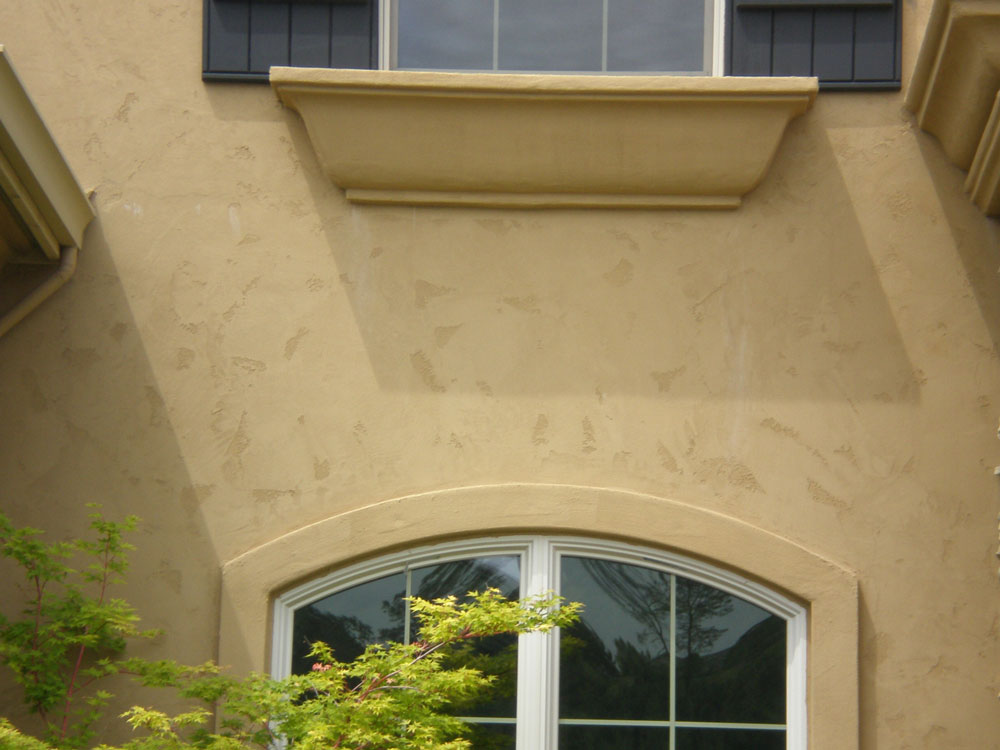
A Quick Summary of the Evolution of Stucco
[fa icon="calendar'] May 10, 2018 10:00:00 AM / by Adrienne K. Paskind, AIA
Did you know that stucco, also known as exterior plaster, has been used for many centuries? Historians suggest that the material has been used by multiple civilizations including the Babylonians, Greeks, Egyptians, and Romans, spanning over thousands of years.
Although evolved and changing, the use of stucco today is still growing in popularity despite various problems. The following is a short comparison of historic and new practices.
Historic structures still standing today indicate that “old” stucco material was used and its construction was “done right”. Its original composition and performance appears superior compared to its modern-day counterpart.
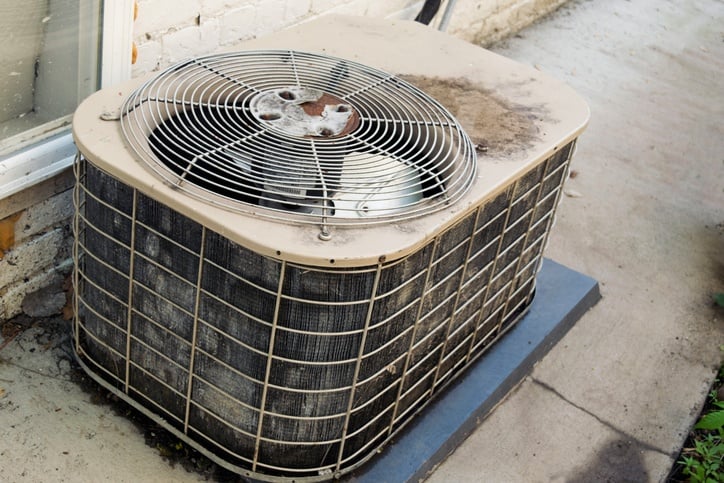
The Connection between Air Conditioning Systems and Mold
[fa icon="calendar'] Apr 25, 2018 2:00:00 PM / by Dudley Smith, PE, CEM
Mold spores are everywhere in the outdoor and indoor environment as a natural part of our world and they cannot be eliminated. Certain conditions are necessary for the growth and proliferation of molds into a problem area within a building. Controlling indoor moisture and humidity levels are key to controlling indoor mold growth. Air conditioning equipment and duct systems are very common locations for the development and amplification of mold in commercial properties. Property owners and managers need to be vigilant in inspecting and maintaining these systems, to minimize the frequency and magnitude of any exposures to occupants from hidden sources of mold.
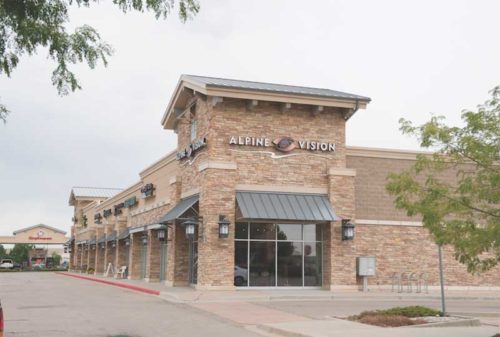
Adhered Manufactured Stone Veneer: Manufacturing performance for the winter
[fa icon="calendar'] Feb 1, 2018 10:00:00 AM / by Clark Griffith, AIA
An Adhered Masonry Veneer system (AMV) is defined as “masonry veneer of natural or manufactured stone, secured to and supported by the backing through adhesion” and are sometimes called “lick and stick” systems. The more typical masonry brick veneer system has a drainage cavity behind and the veneer is supported on itself and anchored with metal ties. Exterior AMV wall components can vary, but they are similar to a stucco system with a weather resistive barrier, scratch coat with embedded wire lath, and a finish coat of adhesive mortar.
The design and installations of AMV can be challenging since relevant building codes and industry standards are not well known or understood, and the system relies heavily on workmanship and selecting the right materials. This is particularly true when choosing a manufactured stone rather than costlier natural stone, and when used in freeze-thaw climates.
Read More [fa icon="long-arrow-right"]
